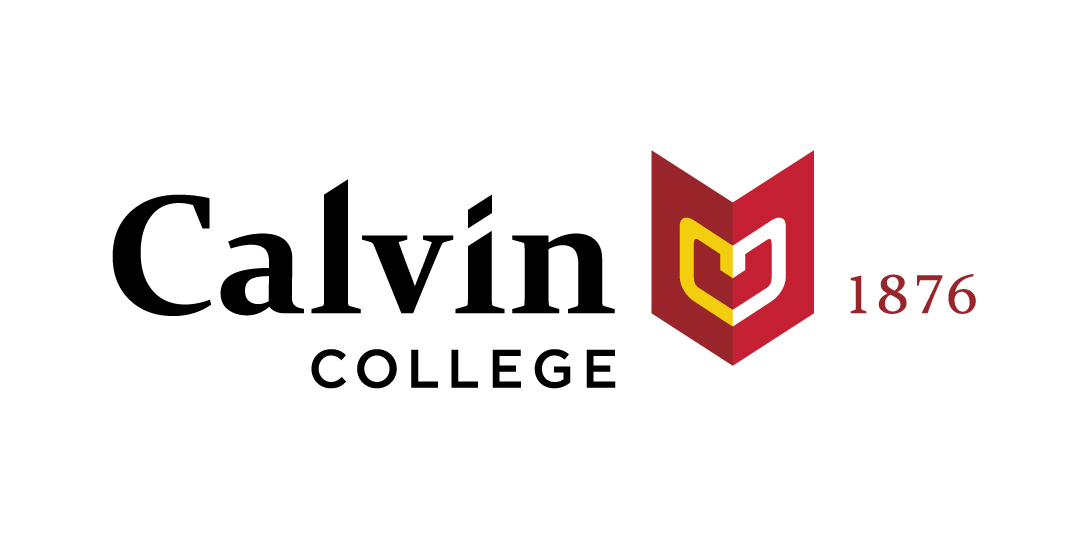Below is a summary of the abstract you submitted. Presenting author(s) is shown in bold.
If any changes need to be made, you can modify the abstract or change the authors.
You can also download a .docx version of this abstract.
If there are any problems, please email Dan at dar78@pitt.edu and he'll take care of them!
This abstract was last modified on March 22, 2023 at 2:53 p.m..

Twenty-three phages were isolated from soil collected in Grand Rapids, MI using Rhodococcus equi NRRL B-16538, a new bacterial strain for SEA-PHAGES. Visualization by TEM showed all are Siphoviridae morphology. The genomes of eleven phages were sequenced, increasing the number of known Rhodococcus phage genomes to 67, and revealing notable diversity within the cohort. We annotated the genome of Jflix2, which forms the new cluster CF with phage REQ1, a phage sequenced in 2011, along with two more of our 2023 phages. Over one-quarter of the genes in our CF phages are orphams. Seven of our other phages belong to the CR cluster, making them the first Rhodococcus phages in this otherwise Gordonia phage cluster. However, the Rhodococcus CR phages are dissimilar enough to not be placed within any of the CR subclusters (CR1-CR5). We annotated one of these CR phages, Braxoaddie, and nearly half of its genes are orphams. Finally, we annotated Reynauld, a singleton with orphams for almost two-thirds of its genes, though it does share many structural genes with two other Rhodococcus singletons, DocB7 and Trogglehumper. The tapemeasure genes in these phages are nearly 10,000 nucleotides and correspond to tail lengths over 500 nm.
